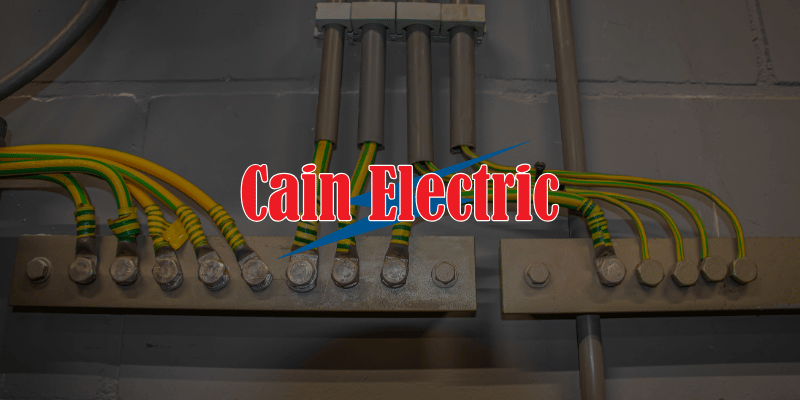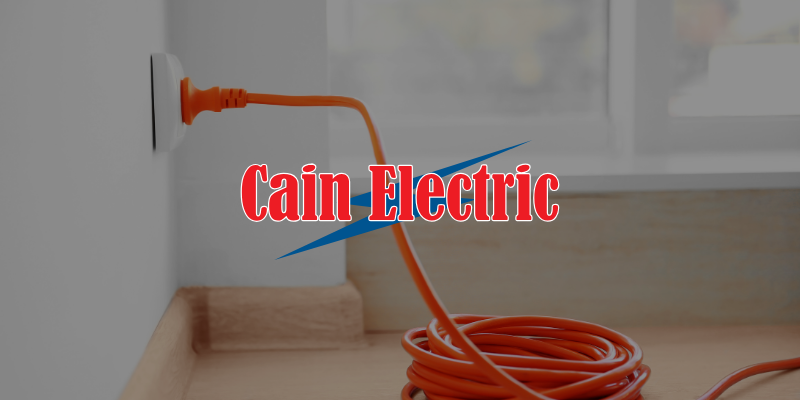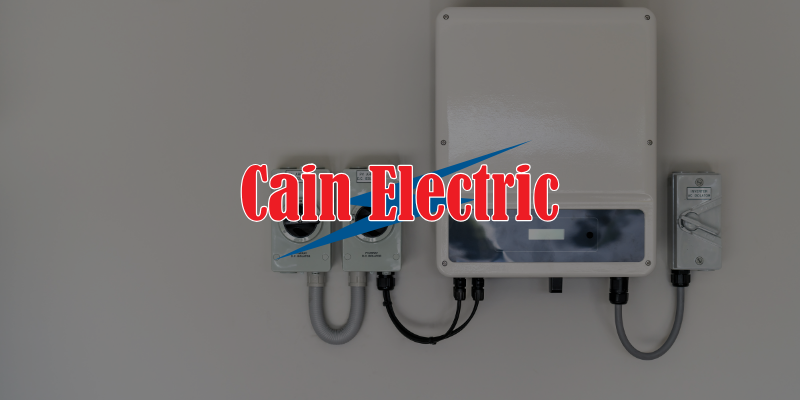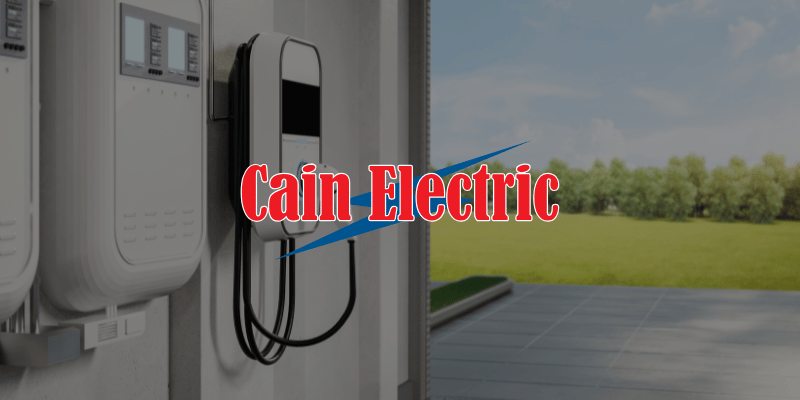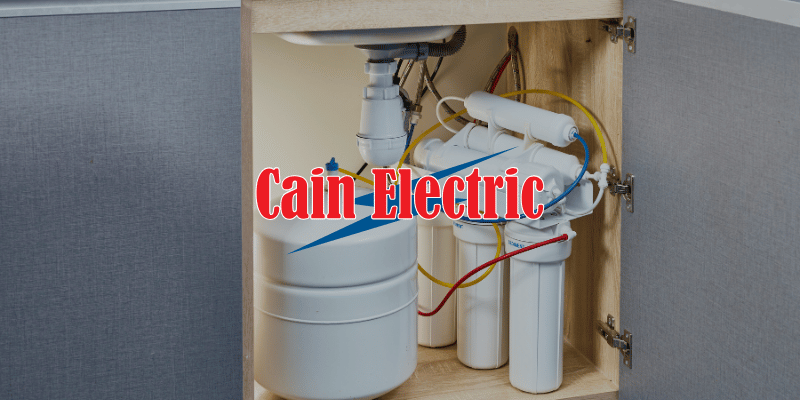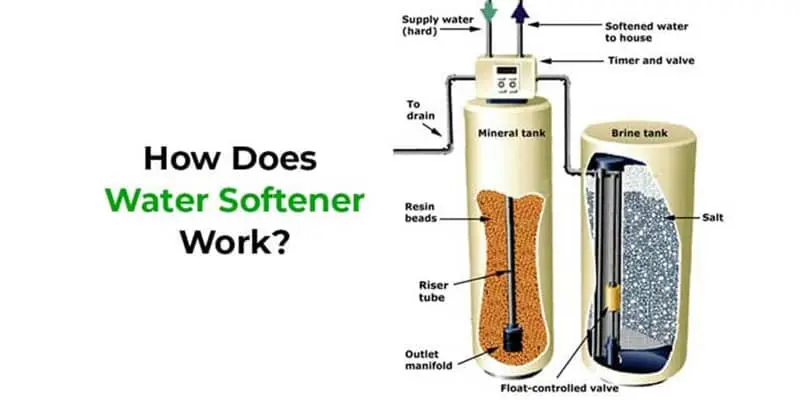
AFCI vs GFCI in Missouri Homes: 2025 Rules and Where Each Is Required
Arc fault and ground fault sound similar but they prevent very different hazards. Knowing the difference helps you pass inspection, avoid nuisance trips, and keep your family safe. This Missouri focused guide explains what AFCI and GFCI do, where each is required in 2025, and how to upgrade older homes without ripping out finished walls. If you are planning a remodel or adding new circuits, our team can help with design and permits. Start here: Residential Electrician.
Quick definitions that actually help
AFCI stands for Arc Fault Circuit Interrupter. It detects dangerous arcing caused by damaged cords, loose terminations, or nicked conductors. Arcing can ignite dust or insulation even at relatively low current. AFCI protection lives in a breaker or a receptacle.
GFCI stands for Ground Fault Circuit Interrupter. It trips when electricity takes an unintended path to ground, as little as 4 to 6 milliamps. GFCI protection prevents shock, especially near water or outdoors. It also lives in a breaker or a receptacle.
Think of AFCI as fire prevention at the circuit level and GFCI as shock prevention at the outlet level. Some locations need both.
Why 2025 matters in Missouri
Most Missouri inspectors now work from the 2020 or 2023 NEC rule sets. The trend in both is broader AFCI coverage inside living spaces and broader GFCI coverage anywhere people can contact water or concrete floors. Cities and counties adopt on their own schedule, so always check your local office. For background on how Missouri code adoption works, see our overview: 2025 Electrical Code Updates for Missouri and the companion article Missouri 2025 Electrical Code Updates.
Where GFCI is required in homes
GFCI protection focuses on shock risk. You will need it in these common locations:
- Kitchens. All 125 and 250 volt receptacles that serve the countertop. Islands and peninsulas included.
- Bathrooms. All receptacles.
- Laundry areas. Receptacles that serve laundry equipment, including 250 volt receptacles for modern dryers in many jurisdictions.
- Garages. All 125 volt receptacles and most 250 volt receptacles. Dedicated receptacles for appliances may still require it if the space is unfinished.
- Outdoors. All general purpose receptacles, usually with an in use cover.
- Unfinished basements and crawl spaces. All receptacles.
- Within 6 feet of sinks and similar basins. Think bar sinks and utility sinks.
- Boathouses, pool equipment areas, and similar wet locations on residential property.
EV charging note. Receptacle type EV circuits in garages or outdoors generally require GFCI protection. Hardwired EV chargers often have internal ground fault protection listed by the manufacturer, so the breaker may be standard. The right setup depends on your charger model and local rules. If you are planning a charger, review our service page and cost guide: EV Charger Installation and EV Charger Installation Costs.
Water systems note. Sump pumps, well pumps, and water treatment controls in unfinished areas often require GFCI. That helps protect against shock if standing water is present. If you are adding filtration or a softener, coordinate outlets and bonding with our Water Filter team.
Where AFCI is required in homes
AFCI coverage targets living spaces where cords and furniture can pinch conductors:
- Bedrooms and sleeping areas
- Living rooms, family rooms, dens, parlors
- Dining rooms and kitchens
- Sunrooms and enclosed porches that are finished
- Rec rooms, hallways, closets
- Laundry areas
- Finished basements and finished accessory rooms
Bathrooms are usually not on the AFCI list. Garages and unfinished basements are usually not on the AFCI list either. Local amendments can add spaces, so check your permit office during planning. For a full walkthrough of what inspectors look for during rough and final, see our Residential Electrical Inspection Guide.
Spots that need both AFCI and GFCI
Some rooms require both protections. The simplest way to meet both is a dual function breaker in the panel or a combination of a standard breaker with an AFCI receptacle and downstream GFCI, depending on layout.
Common both zones in Missouri homes:
- Kitchens. AFCI for the room, GFCI for the countertops.
- Laundry areas. AFCI for the area, GFCI for the receptacles that serve the washer or sink.
- Finished basements with a wet bar or utility sink. AFCI for the finished space, GFCI within 6 feet of the sink.
- Bedrooms that include a small sink or kitchenette in a suite. AFCI for the room, GFCI at the counter receptacles.
If your panel is short on space, dual function breakers save a slot and reduce wall devices. Our Residential Electrician team can evaluate your panel and recommend the cleanest path.
Kitchens, laundry rooms, and the real details inspectors check
Kitchens. Inspectors look for clear labeling on the panel, 20 amp small appliance circuits serving the countertops, and GFCI protection at every counter location. Islands and peninsulas are part of the count. Microwaves and refrigerators can be on the small appliance circuits or on their own circuits. If your fridge shares a GFCI, use a quality device and tight terminations to avoid nuisance trips.
Laundry. The laundry area typically needs AFCI for the space and GFCI for the receptacles that serve the washer and nearby sink. Dryers with a 250 volt receptacle may require GFCI depending on your local edition. Label the laundry circuit clearly. Many inspectors want an in use cover if the receptacle is within splash range of a sink.
Finished basements. Treat finished areas like any other living space for AFCI. Add GFCI at bar counters, utility sinks, and within 6 feet of a sink drain edge. If the mechanical room remains unfinished, GFCI is required there even if the finished room next door is on AFCI.
Garages, outdoor outlets, and EV charging
Garages. GFCI is the starting point, with tamper resistant and weather resistant devices where required. AFCI is not typically required in garages. If you are adding a receptacle type EV charger at 240 volts, expect GFCI at the breaker or receptacle. Hardwired EVSE often includes listed protection inside the unit. Keep the mounting height and cord reach practical. Our full planning guide is here: Level 2 vs Level 3 EV Chargers.
Outdoors. Every general purpose receptacle outdoors needs GFCI and an in use cover. Rooftop HVAC service receptacles are a special case and follow the equipment listing and local rules. Keep boxes sealed with listed gaskets. If storms have damaged your exterior boxes or conduit, our Storm Damage Repair service can help bring them back to code.
Driveways and carports. Use weather resistant devices and in use covers. For carports without walls, plan conduit support points carefully so cable whips do not sag where vehicles move.
Bathrooms and spa areas
Bathrooms. All receptacles require GFCI. AFCI is generally not required. Lights above tubs and showers must be listed for damp or wet locations. Fans with built in lights over showers must be listed for wet locations. If you have a jetted tub, the pump receptacle location and GFCI details matter. Many homeowners move pumps during remodels without updating wiring. Put that on the permit drawings so the inspector can approve the method.
Hot tubs and spas. Outdoor spa circuits need GFCI and clear working space at the disconnect. Bond all metallic parts within reach per the manufacturer and code. Label the emergency shutoff. If you plan a spa at the same time as a new panel or a generator, coordinate everything so breakers and bus ratings line up. For generator planning, start here: How to Size a Home Standby Generator.
Sump pumps, well pumps, and water treatment
Unfinished basements often require GFCI for receptacles that serve pumps. Pumps can have high motor inrush. Use a breaker or device that matches the motor listing and check cord conditions often. GFCI plus correct bonding reduces shock risk around standing water. If you are planning a filtration upgrade, combine electrical and plumbing work so outlets land at the right height and on the right circuit. Learn more about protecting sensitive water equipment from surges here: Lightning Protection for Solar and Water Equipment and see our Water Filter page.
Upgrading older homes in Missouri
Older homes in Washington, Union, Pacific, and nearby towns often have two wire circuits without a ground, shared neutrals, and crowded panels. You can still meet modern protection rules without gutting the house.
- Dual function breakers. These add both AFCI and GFCI at the panel for new or extended circuits.
- Faceless GFCI devices. These live upstream and protect ordinary outlets downstream where device depth is tight.
- Two pole breakers with a tied handle. Use these on multiwire branch circuits so the two hots trip together. This prevents shared neutral overheating and nuisance trips.
- Pigtail neutrals. In panels that require it, land the breaker pigtail on the neutral bar and isolate shared neutrals correctly.
- Box fill and device depth. Old masonry boxes can be shallow. Use appropriate extensions or deeper old work boxes so terminations do not pinch.
If your main panel is outdated or short on spaces, a clean panel upgrade is often the best fix. It creates room for dual function breakers and tidy labeling. See common signs here: Signs You Need an Electrical Panel Upgrade.
Solar, generators, and protection devices
Solar arrays and battery systems tie into your service equipment and can interact with protection devices if not planned. In most homes the solar backfeed lands on a breaker with a hold down kit. That breaker can be dual function if the circuit needs both protections. Label rapid shutdown clearly and keep working space clear. For solar permitting and interconnection steps, read our guides:
Standby generators add transfer equipment and sometimes a sub panel for essential loads. Choose protection that fits the new layout so nuisance trips do not occur when loads shift during transfer. Get sizing help here: How to Size a Home Standby Generator.
Nuisance trips and how to fix them
AFCI and GFCI devices sometimes trip for reasons that are easy to fix once you know where to look.
- Shared neutrals on separate single pole breakers. Move the pair to a two pole breaker with a tie so the neutral sees balanced current.
- Bootleg grounds. Older outlets sometimes have the neutral tied to ground. Correct this and install proper GFCI protection.
- Long multi device runs with mixed backstabbed and side wired outlets. Re terminate with pigtails and screws.
- Appliances with internal leakage. Dehumidifiers, older fridges, and treadmills can leak enough current to trip a GFCI. Test on a different circuit or replace the device.
- Miswired line and load on a GFCI receptacle. Swap to the correct terminals and label the downstream outlets.
- Out of spec breakers. Even quality devices fail occasionally. Swap with a known good device to confirm.
If tripping persists after basic fixes, schedule a professional evaluation. Our technicians use clamp meters and insulation testers to locate the fault instead of guessing.
Commercial and multifamily notes
Light commercial spaces and common areas in multifamily properties follow different articles of the code, but the principles are similar. Wash bays, break rooms, outdoor receptacles, and maintenance areas typically need GFCI. Offices and finished lobbies often need AFCI or at least careful circuit routing to avoid frequent trips with office equipment. For planning and permits on these jobs, visit Commercial Electrician.
Protection plus surge strategy
AFCI and GFCI protect people and reduce fire risk. Surge protection protects equipment. Whole home SPDs at the service panel help HVAC controls, refrigerators, and tankless heaters survive lightning and utility switching events. For a simple plan that ties all of this together, read our post on surge protection basics: Integrating Whole Home Surge Protection.
Ready for a code clean upgrade
If you are adding a kitchen circuit, finishing a basement, or planning a laundry remodel, it pays to choose the right protection the first time. We handle load calculations, panel strategy, and device selection so inspections go smoothly in St. Louis County, St. Charles County, Franklin County, and Jefferson County. Tell us what you are building and we will map the simplest route to pass.
Want a quick walk through of your panel and outlets before you pull a permit. Book a short visit and get a written plan with parts and pricing.
Schedule your in home protection check


